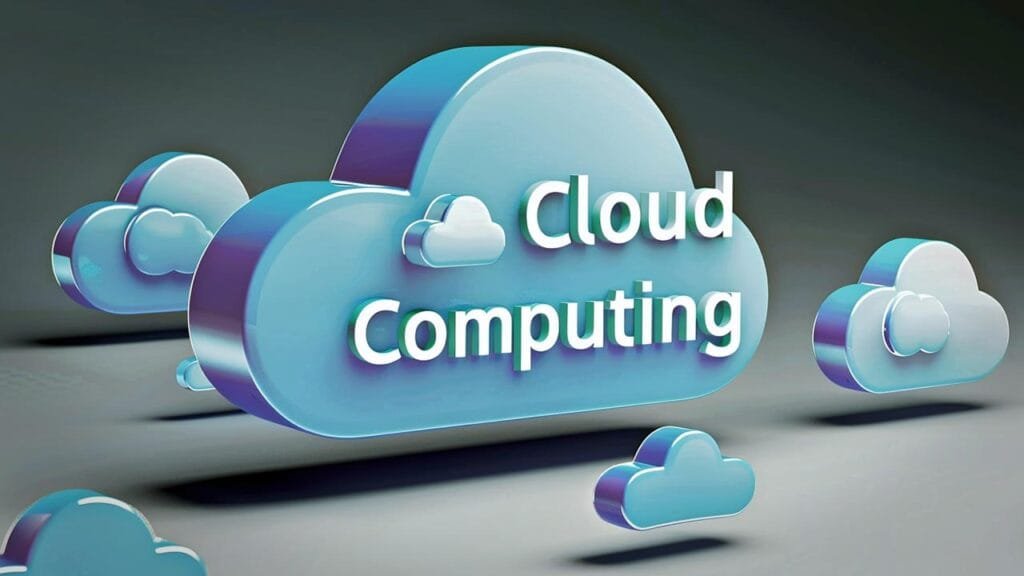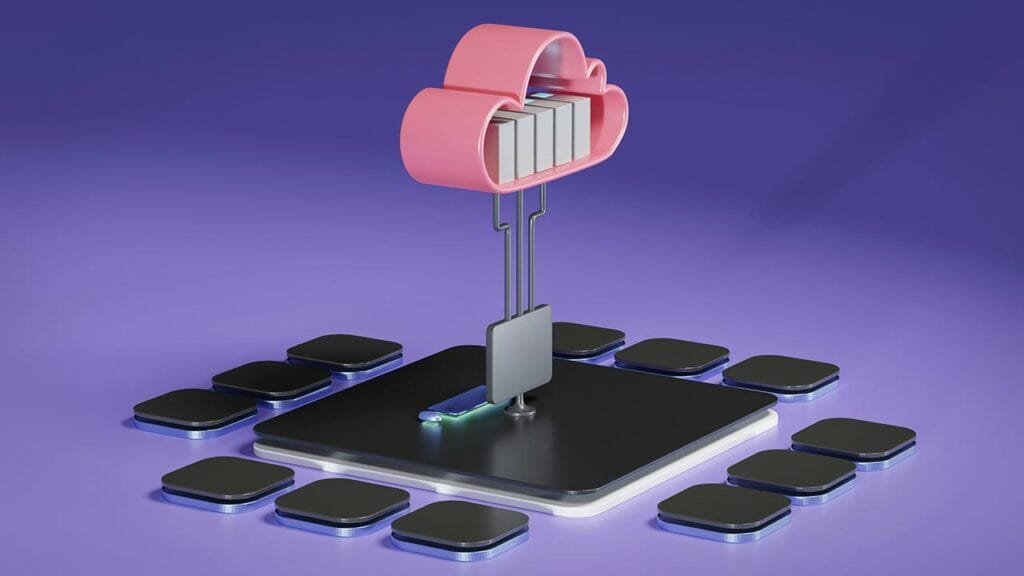4 Best Cloud Service Models: Choosing the Right Solution for Your Business
As cloud computing advances, businesses are offered a variety of cloud service models that address different operational and scalability needs. From foundational infrastructure to complex software delivery, understanding each cloud service model is crucial in aligning cloud solutions with business goals. This article explores the four primary cloud service models—Infrastructure as a Service (IaaS), Platform as a Service (PaaS), Software as a Service (SaaS), and Function as a Service (FaaS)—each offering distinct advantages depending on technical and operational requirements.
Table of Contents
- The Core Models of Cloud Services
- Comparing the Cloud Service Models
- How to Choose the Right Cloud Service Model for Your Needs
- Top 5 Frequently Asked Questions
- Final Thoughts
- Resources
The Core Models of Cloud Services
1. Infrastructure as a Service (IaaS)
Definition: Infrastructure as a Service (IaaS) is the foundational cloud service model that provides virtualized computing resources over the internet. Users access fundamental infrastructure elements like servers, storage, and networking without the need to manage physical servers on-premises.
Advantages:
- Scalability: IaaS is highly flexible, allowing users to scale resources up or down according to demand.
- Cost Efficiency: By outsourcing infrastructure, companies can reduce expenses associated with hardware and maintenance.
- Control and Customization: Users have control over the operating systems and applications, making it ideal for businesses with specific IT configurations.
Common Providers: Amazon Web Services (AWS), Microsoft Azure, Google Cloud Platform (GCP)
Use Cases:
- Testing and development environments
- Backup and recovery solutions
- Hosting complex applications that require extensive custom configuration
2. Platform as a Service (PaaS)
Definition: Platform as a Service (PaaS) provides a ready-to-use environment where users can develop, test, and manage applications. PaaS is built on top of IaaS, adding a layer of development tools, libraries, and databases.
Advantages:
- Streamlined Development: Pre-built development environments reduce setup time.
- Cost-Effective: With the underlying infrastructure managed by the provider, teams can focus on code rather than hardware.
- Integrated DevOps: Many PaaS solutions include DevOps tools, making it easier to implement CI/CD pipelines.
Common Providers: AWS Elastic Beanstalk, Google App Engine, Microsoft Azure App Services
Use Cases:
- Web application development
- API development and integration
- Building mobile and IoT applications
3. Software as a Service (SaaS)
Definition: Software as a Service (SaaS) delivers fully functional applications over the internet, accessible via a browser. SaaS requires minimal user management, as the provider handles everything from infrastructure to application updates.
Advantages:
- Ease of Use: SaaS solutions are typically ready to use without extensive setup.
- Reduced Maintenance: The provider manages maintenance, upgrades, and security.
- Subscription-Based Pricing: Most SaaS models use a pay-as-you-go subscription model, allowing users to scale their usage without heavy upfront costs.
Common Providers: Salesforce, Microsoft 365, Google Workspace, Slack
Use Cases:
- Customer relationship management (CRM)
- Email and collaboration platforms
- Business analytics and reporting tools
4. Function as a Service (FaaS)
Definition: Function as a Service (FaaS), often known as serverless computing, enables developers to execute small pieces of code (functions) in response to events without provisioning or managing servers. FaaS is ideal for applications with unpredictable demand.
Advantages:
- Cost-Efficiency: With FaaS, you only pay for actual function executions rather than idle server time.
- Rapid Scaling: Automatically scales with demand, making it ideal for microservices and event-driven architectures.
- Developer Focused: Developers can focus on writing code without worrying about infrastructure management.
Common Providers: AWS Lambda, Azure Functions, Google Cloud Functions
Use Cases:
- Data processing and event-driven workflows
- IoT data collection
- Real-time file or data transformations
Comparing the Cloud Service Models
To summarize, each cloud service model offers specific advantages suited to different business needs. Here’s a comparative overview:
| Cloud Model | Focus | Control Level | Best For |
|---|---|---|---|
| IaaS | Infrastructure management | High | Customizable applications, disaster recovery |
| PaaS | Development and deployment | Medium | Rapid application development, testing environments |
| SaaS | Application use | Low | User-oriented applications, CRMs, collaboration tools |
| FaaS | Event-driven functions | Low | Microservices, real-time processing |
How to Choose the Right Cloud Service Model for Your Needs
When selecting a cloud service model, it’s essential to consider factors like control requirements, scalability, development needs, and cost constraints.
- If control over infrastructure is essential, then IaaS is likely the best fit, providing maximum control without hardware management.
- For development-heavy workflows where rapid application development is needed, PaaS offers tools that streamline the process.
- For businesses that need fully operational applications with minimal management, SaaS is the best model, especially for CRM or project management tools.
- If application scaling or event-based triggers are necessary, FaaS enables automatic scaling and cost-efficiency, ideal for microservices or real-time data processing.
Top 5 Frequently Asked Questions
Final Thoughts
Selecting the right cloud service model is critical for aligning technology with business goals. Each model—from IaaS’s infrastructure control to FaaS’s serverless benefits—offers unique advantages suited to specific tasks and workflows. In today’s digital-first landscape, understanding the distinctions among these models enables businesses to optimize resources, enhance scalability, and focus on core competencies. As cloud technology evolves, choosing the best cloud service model will continue to be a crucial component of a successful cloud strategy.
Resources
- Amazon Web Services (AWS) Documentation
- Microsoft Azure Documentation
- Google Cloud Platform Documentation
- “Cloud Computing Basics” – NIST (National Institute of Standards and Technology)
I write for and assist as the editor-in-chief here on HostScreamer. I’m a digital entrepreneur since 1992. Articles may include AI researched information. Always Keep Learning! Notice: All content is published for educational and entertainment purposes only. NOT LIFE, HEALTH, SURVIVAL, FINANCIAL, BUSINESS, LEGAL OR ANY OTHER ADVICE. Learn more about Mark Mayo



